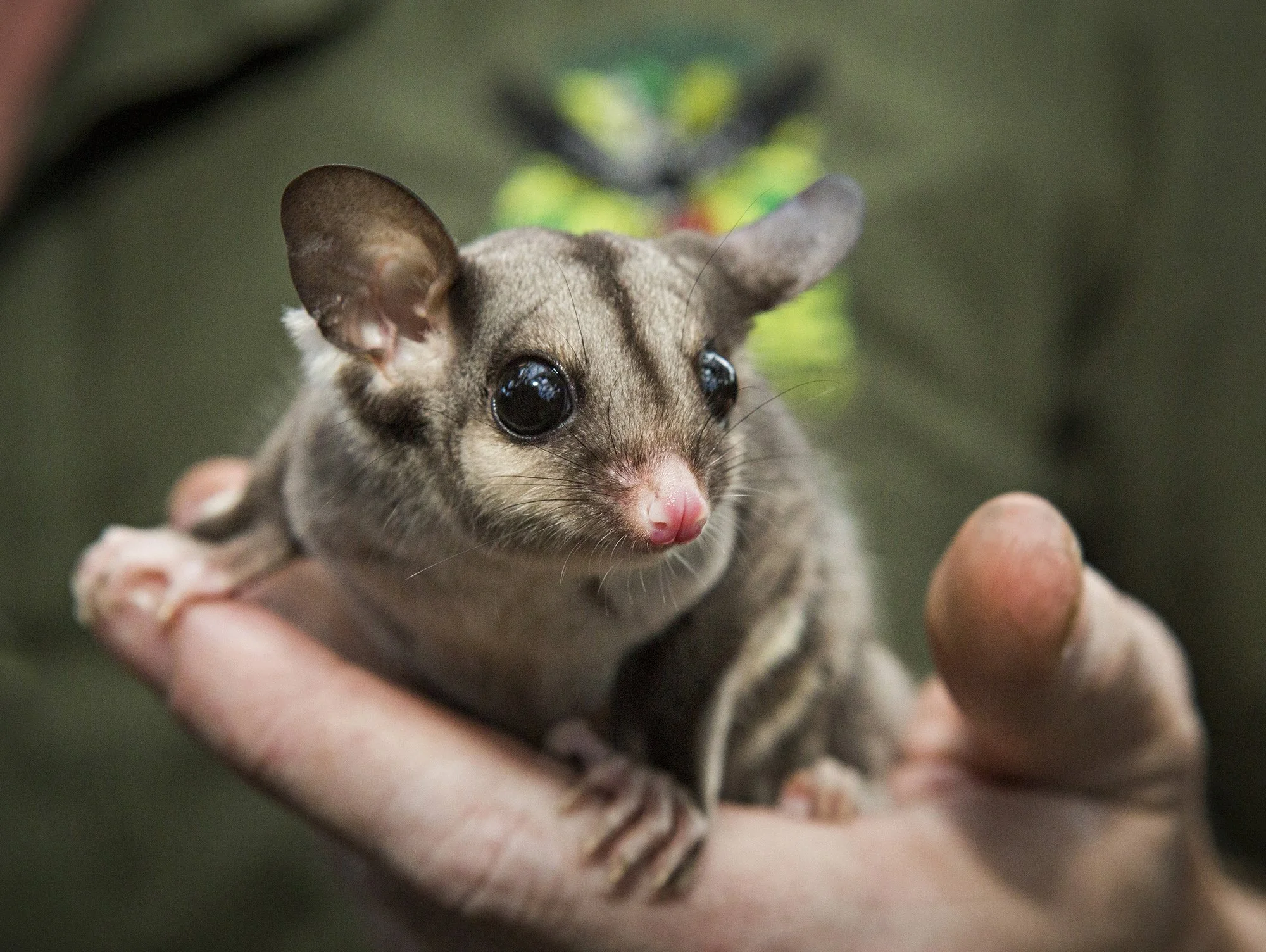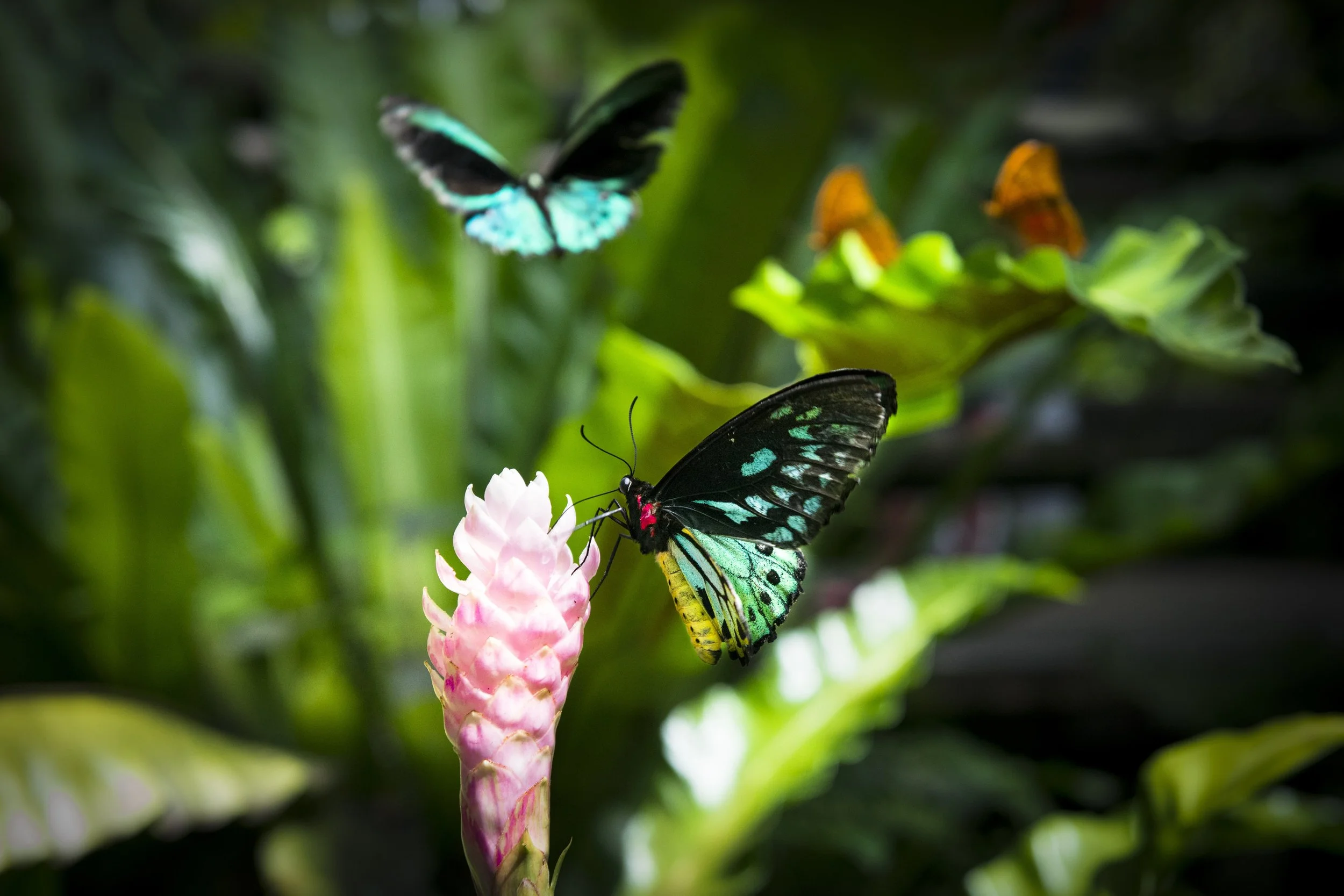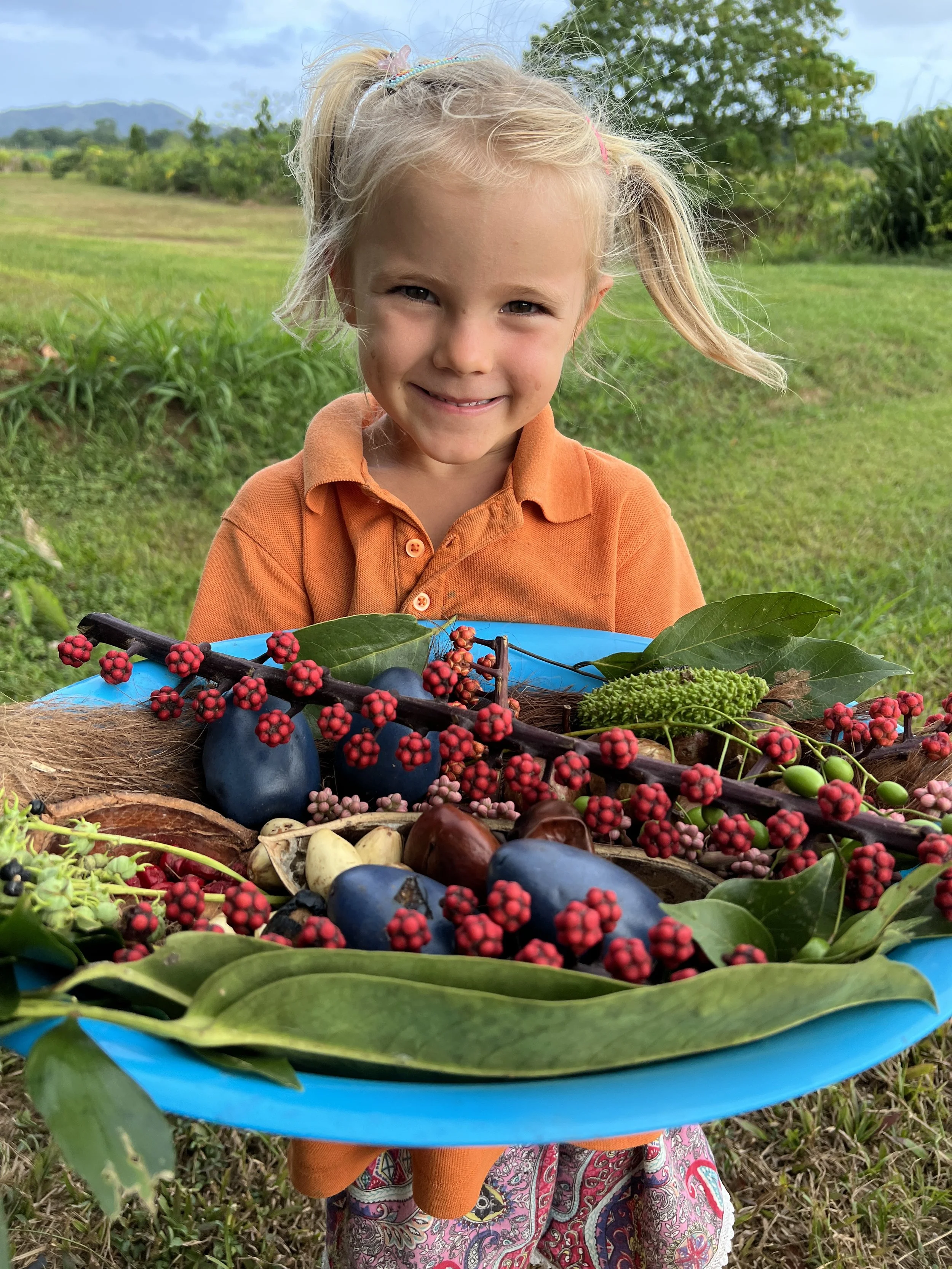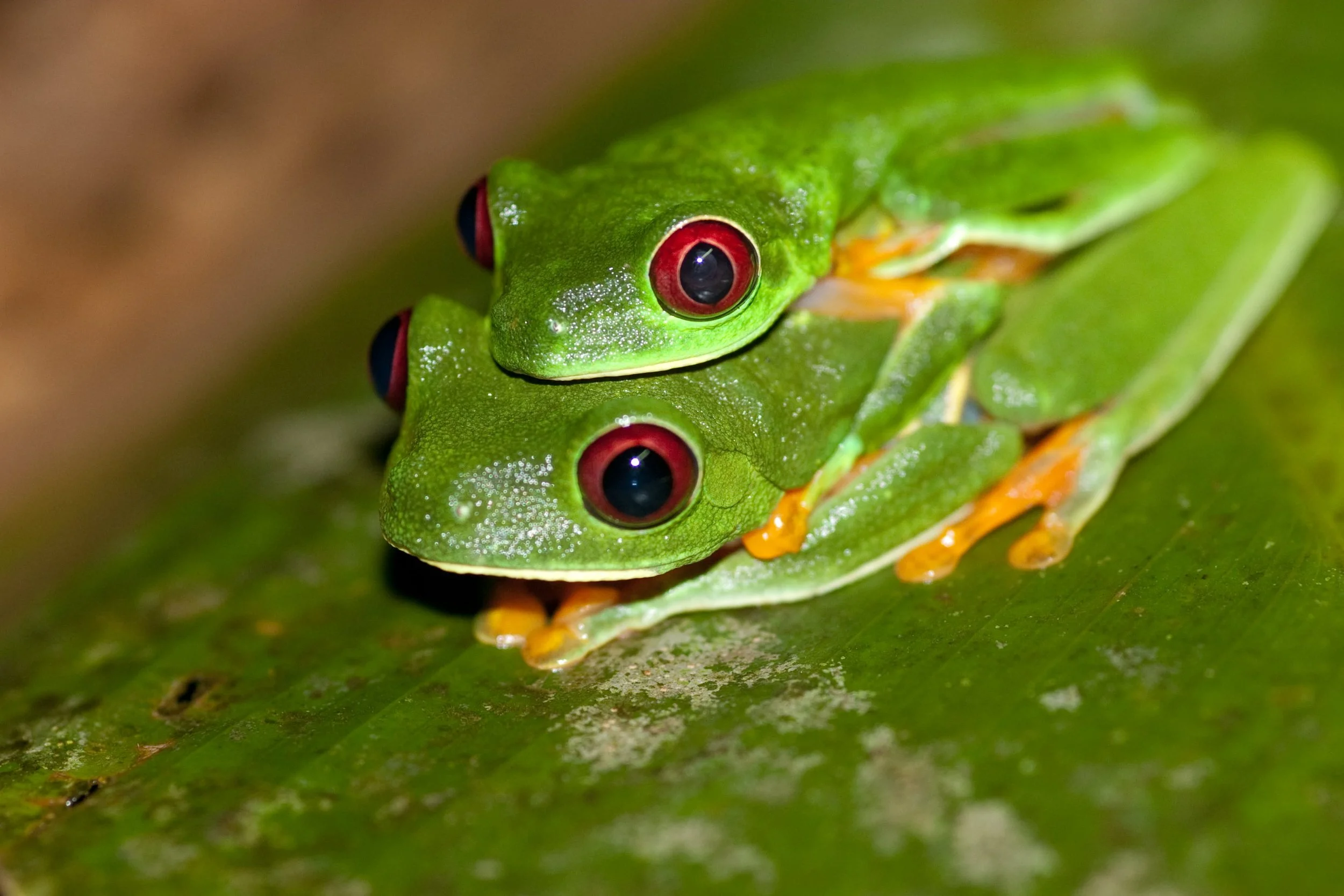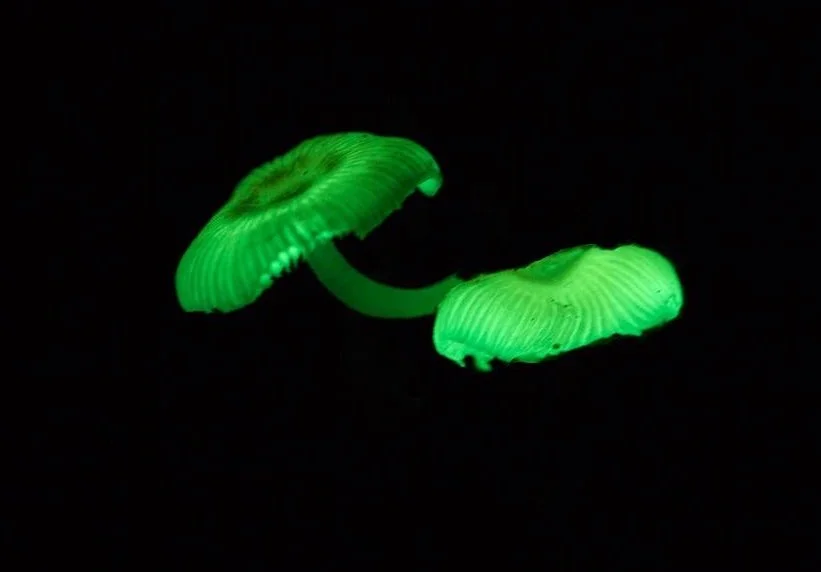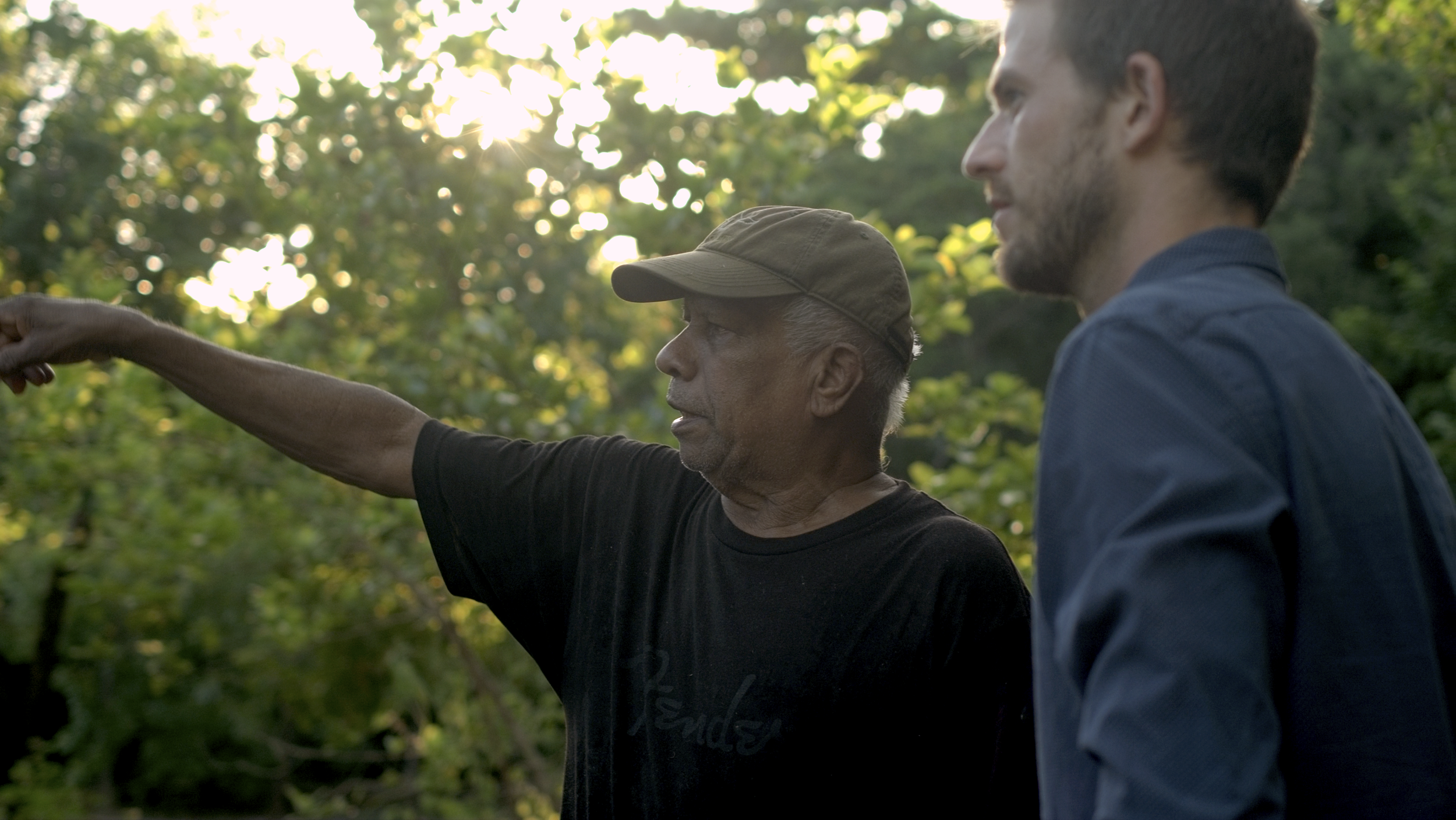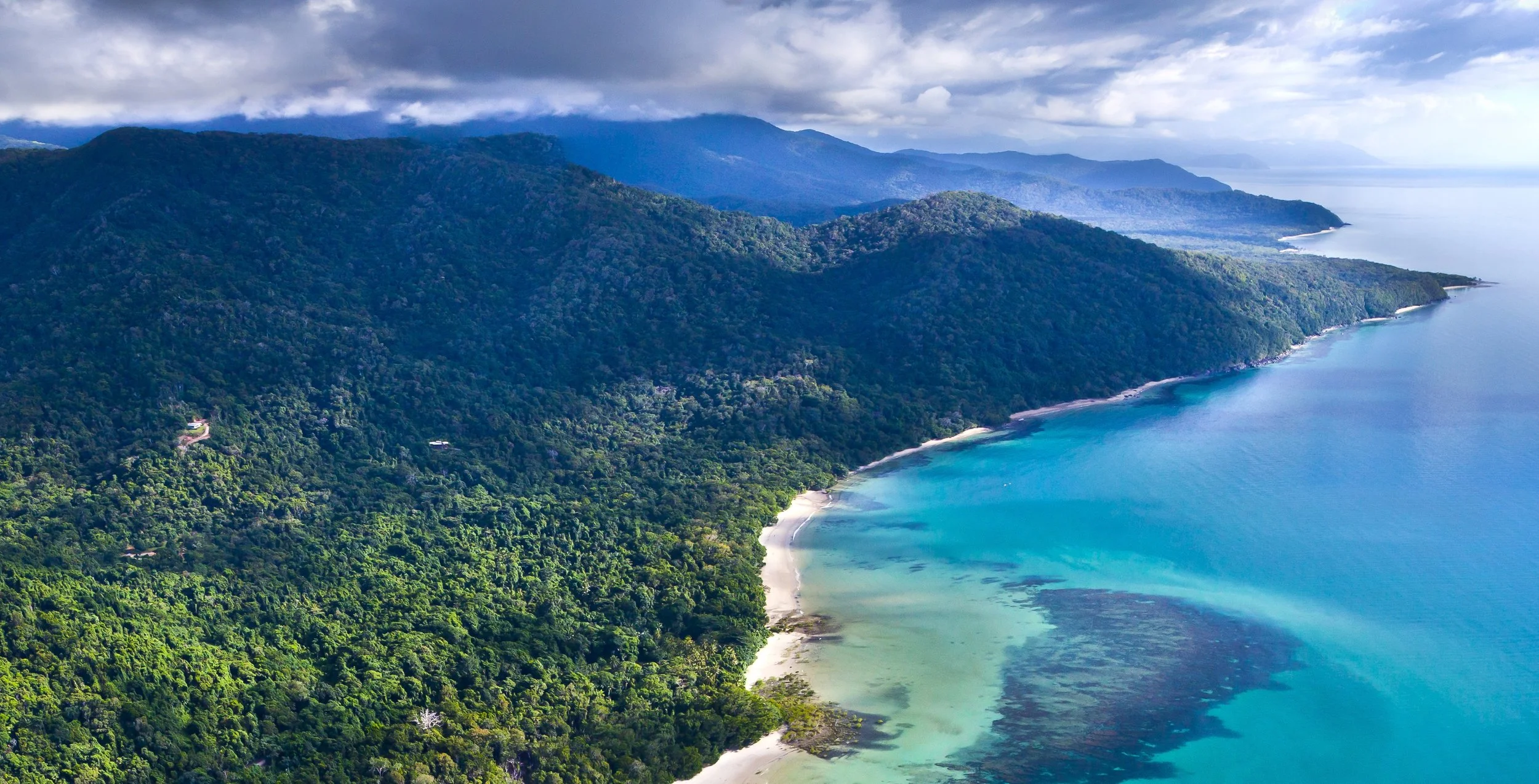
The Daintree
Where Ancient Rainforest Meets a Modern Mission. Learn more about this remarkable global common and some of the ecological, cultural and historical details which make it such a special location.
A Living Fossil of the Planet
The Daintree Rainforest is a true natural wonder—thought to be over 180 million years old, it’s the oldest continuously surviving tropical rainforest on Earth. It’s part of the Wet Tropics World Heritage Area, stretching from the lowland jungles to misty mountain peaks, and sitting just inland from the Great Barrier Reef. Nowhere else in the world do two World Heritage-listed ecosystems exist side-by-side like this.
The Daintree covers less than 0.1% of Australia, but it’s one of the most biologically rich places on Earth—a global biodiversity hotspot.
From the 130+ year history of sugarcane, cattle and timber to the emerging green economy, the region has long sat at the nexus point of nature and development. Now, as global instability accelerates, the Daintree offers a chance for Australia to lead by example, supporting regenerative models that build rural resilience across the Asia-Pacific and Global South. What we do here can guide others to optimise funding, replicate best practice and manage risk.
Local Flora and Fauna
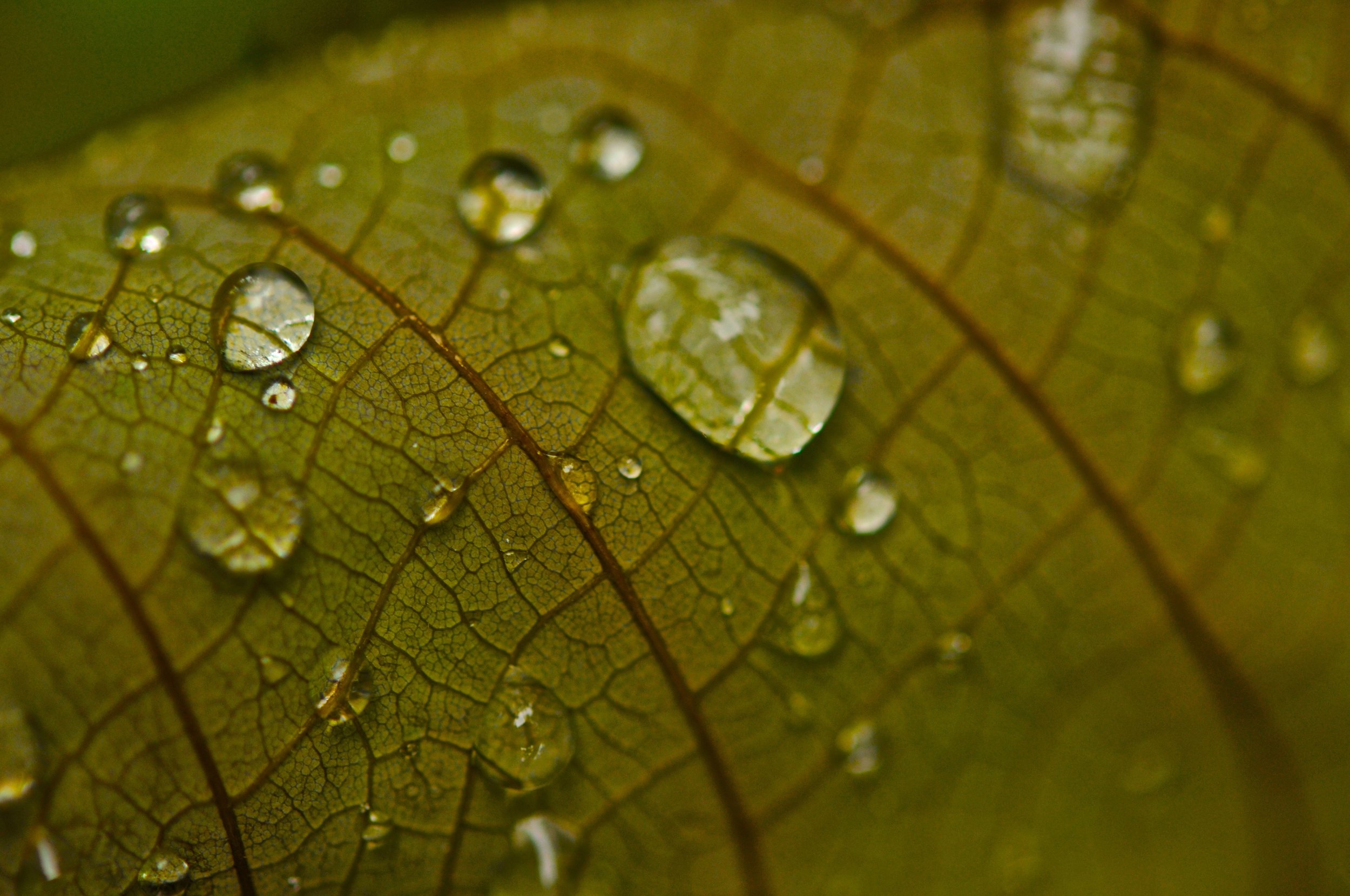
Scientists have been drawn to the Daintree for decades, and for good reason; it’s one of the most abundant and complex outdoor laboratories in the world. Here, researchers are exploring:
Bio-Prospecting – From bush medicine to eDNA studies, the Daintree holds untold secrets—waiting to be unlocked by Traditional Owners and scientists working side by side.
Soil health – unlocking the secrets of rainforest soils helps guide replanting and agricultural knowledge throughout the tropics.
Biodiversity resilience – understanding how diverse species coexist helps inform conservation worldwide and highlights how nature-based solutions can become an asset class.
This science is not limited to desktop work and big data sets, it’s being applied and studied on the ground. Co-creating with Traditional Owners, farmers and regenerative projects we are working to diversify degraded land and protect this ancient system.
Country, Culture, and Community
The Daintree has been home to the Eastern Kuku Yalanji people for over 30,000 years. Their connection to Country is deep, spiritual and practical—held strong through story, ceremony, and care for land. Elders continue to pass on this knowledge today, supported by groups like Jabalbina Yalanji Aboriginal Corporation, keeping culture alive and guiding how we care for this unique place.
In more recent decades, others have made the Daintree home—farmers, artists, and families who settled here from the 1960s onwards. Many still live off-grid and hold a deep respect for the land. Their knowledge of the rainforest, built through years of hands-on living, is a vital part of the region’s story.
Now is the time to walk together. By listening to Elders, learning from locals, and supporting the next generation, we can co-create a future that honours both old wisdom and new solutions. Through shared work—like ethnobotanical research, cultural teaching, and land care—the Daintree can offer lessons for the whole world.

Reef to Rainforest:
What happens in the Daintree flows straight to the Great Barrier Reef—the largest reef system on Earth, stretching over 2,300 kilometres and made up of nearly 3,000 individual reefs.
When rainforest is damaged, sediment and runoff wash into rivers and out to sea, smothering coral and seagrass. But healthy forest helps keep the Reef clean and resilient.
This is the only place on the planet where two World Heritage sites meet—one ancient rainforest, one vast coral ecosystem—linked by rivers, species, and shared survival. Protecting one protects the other.



